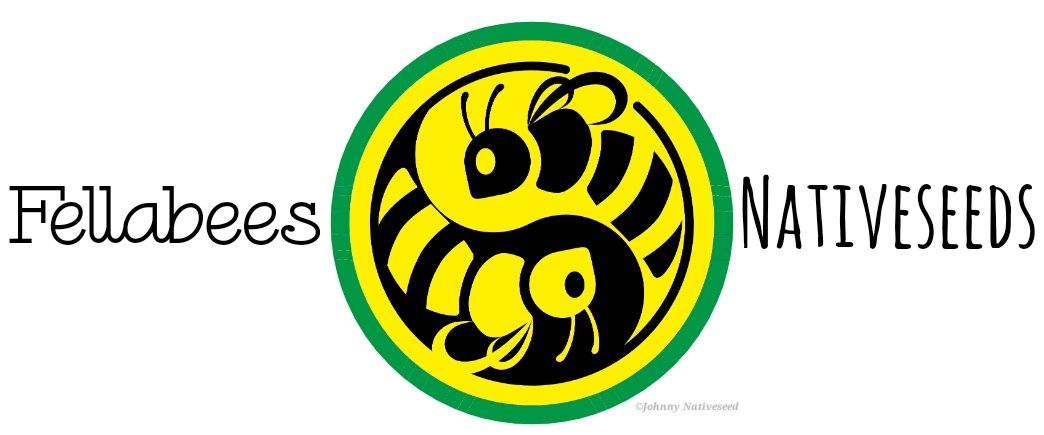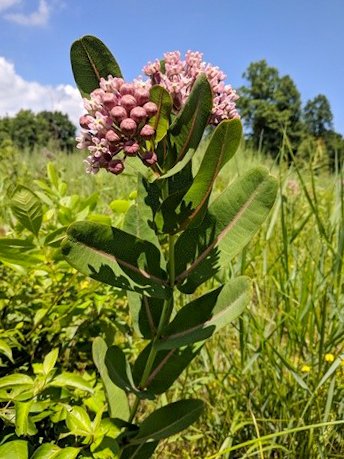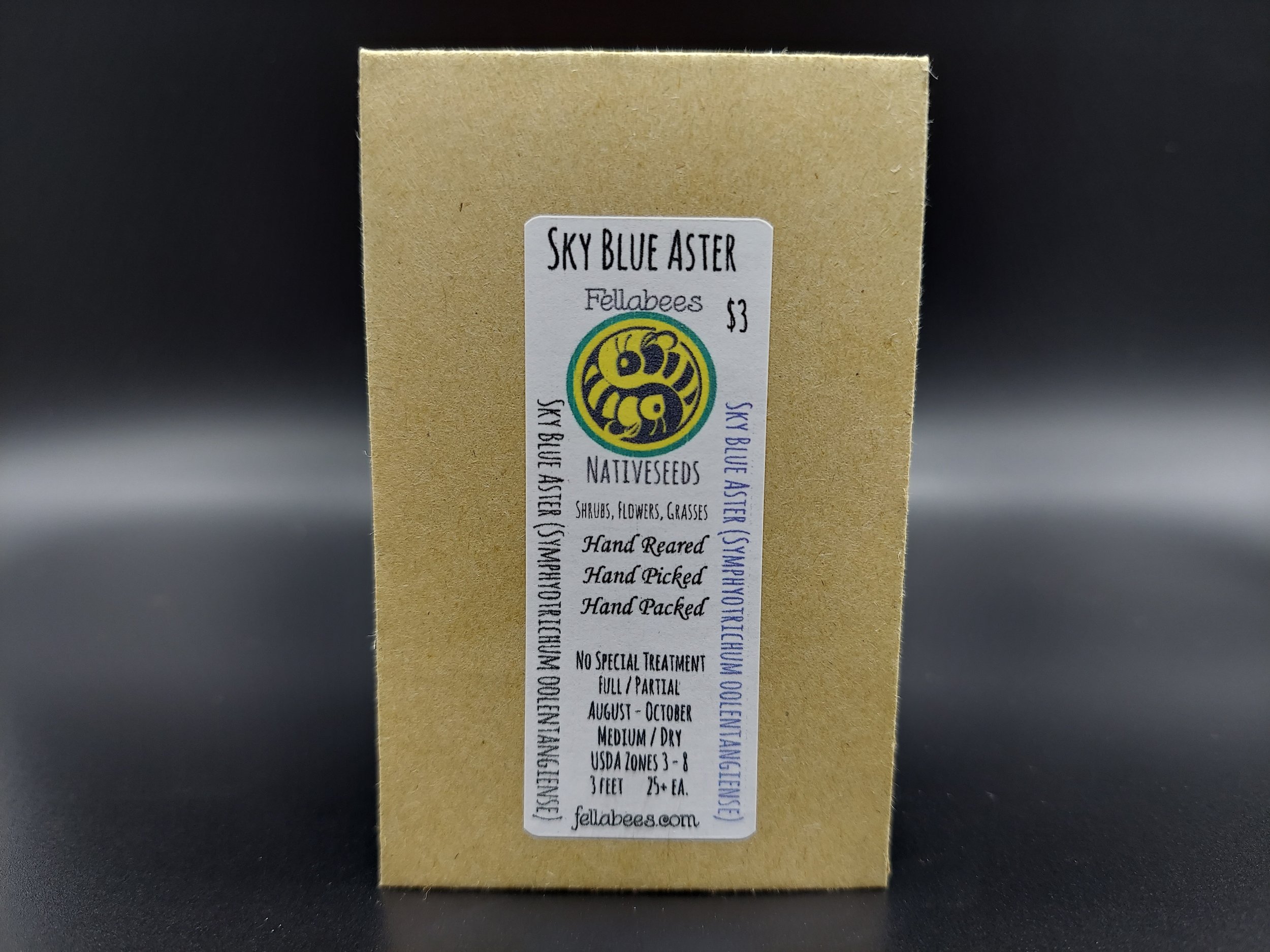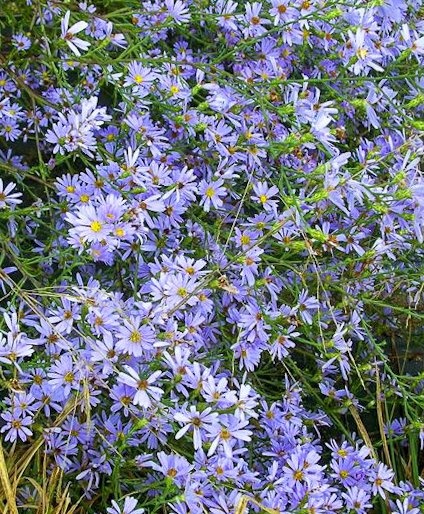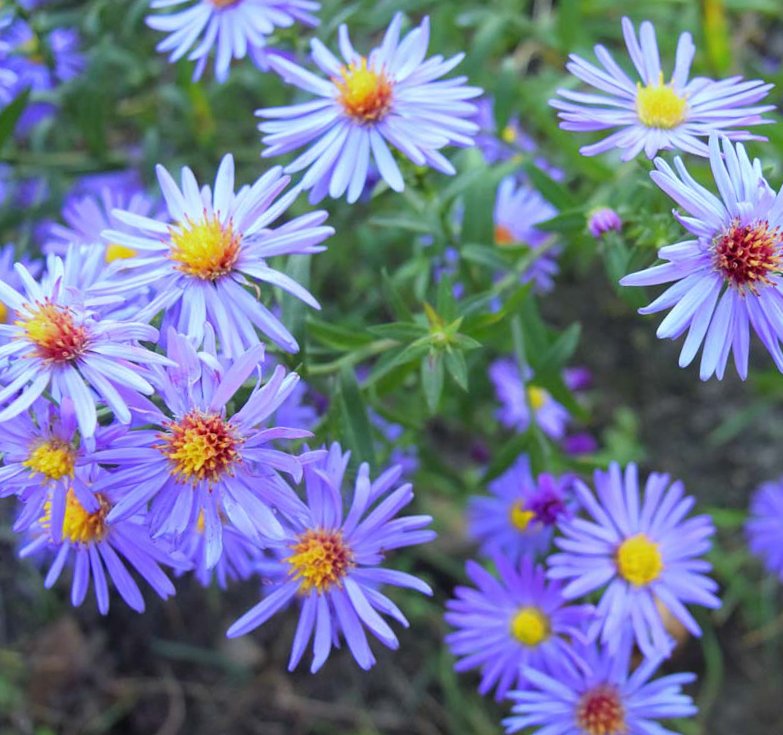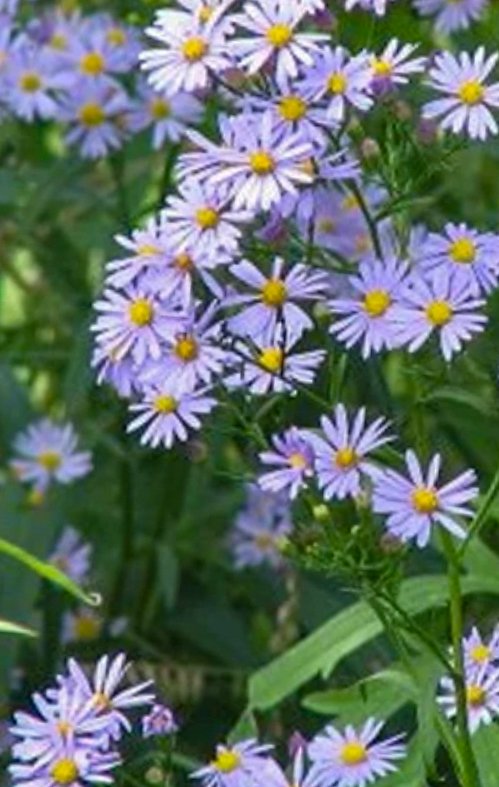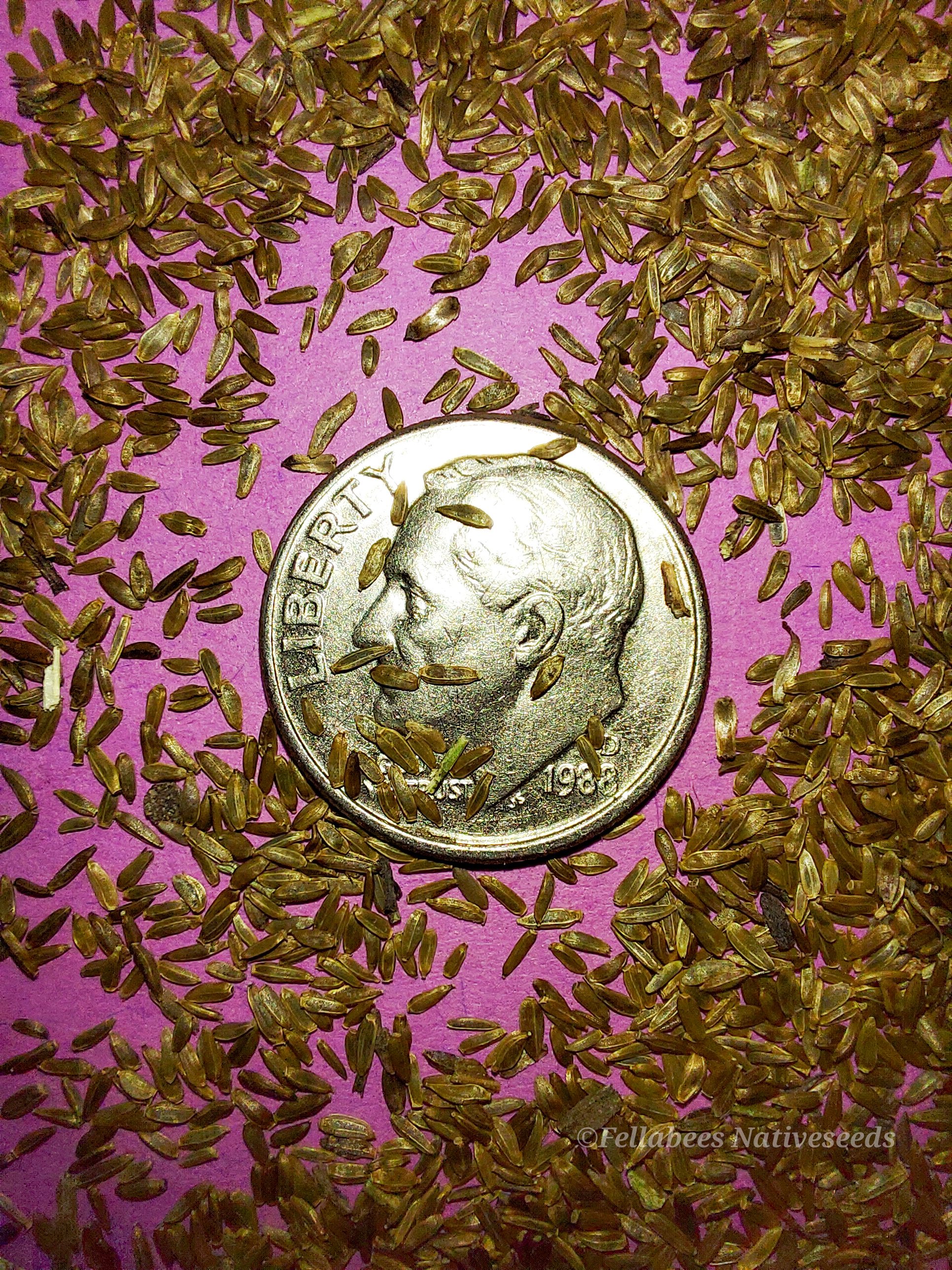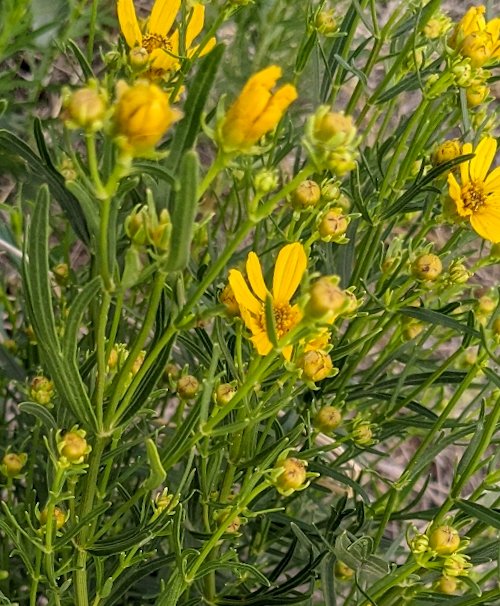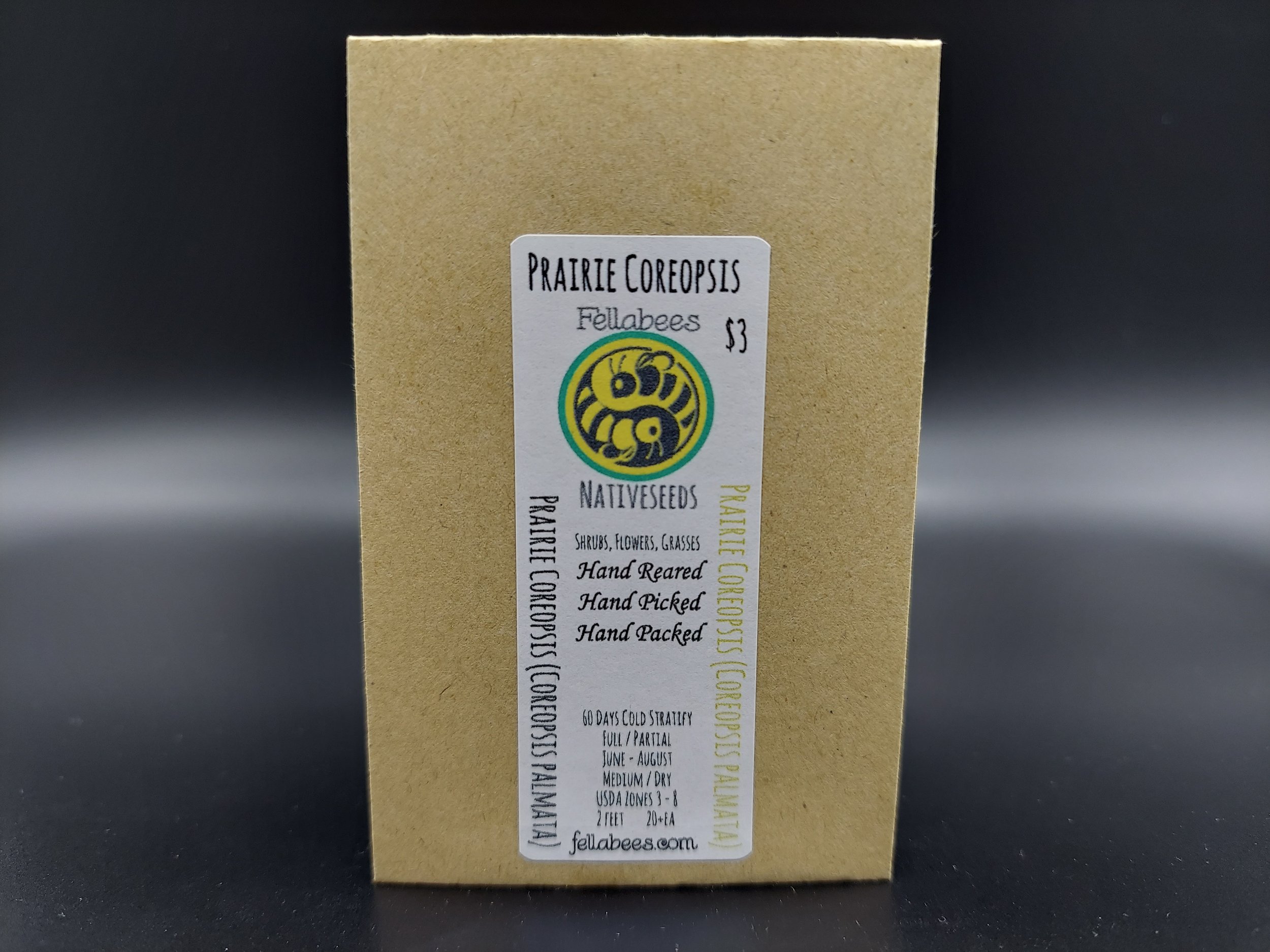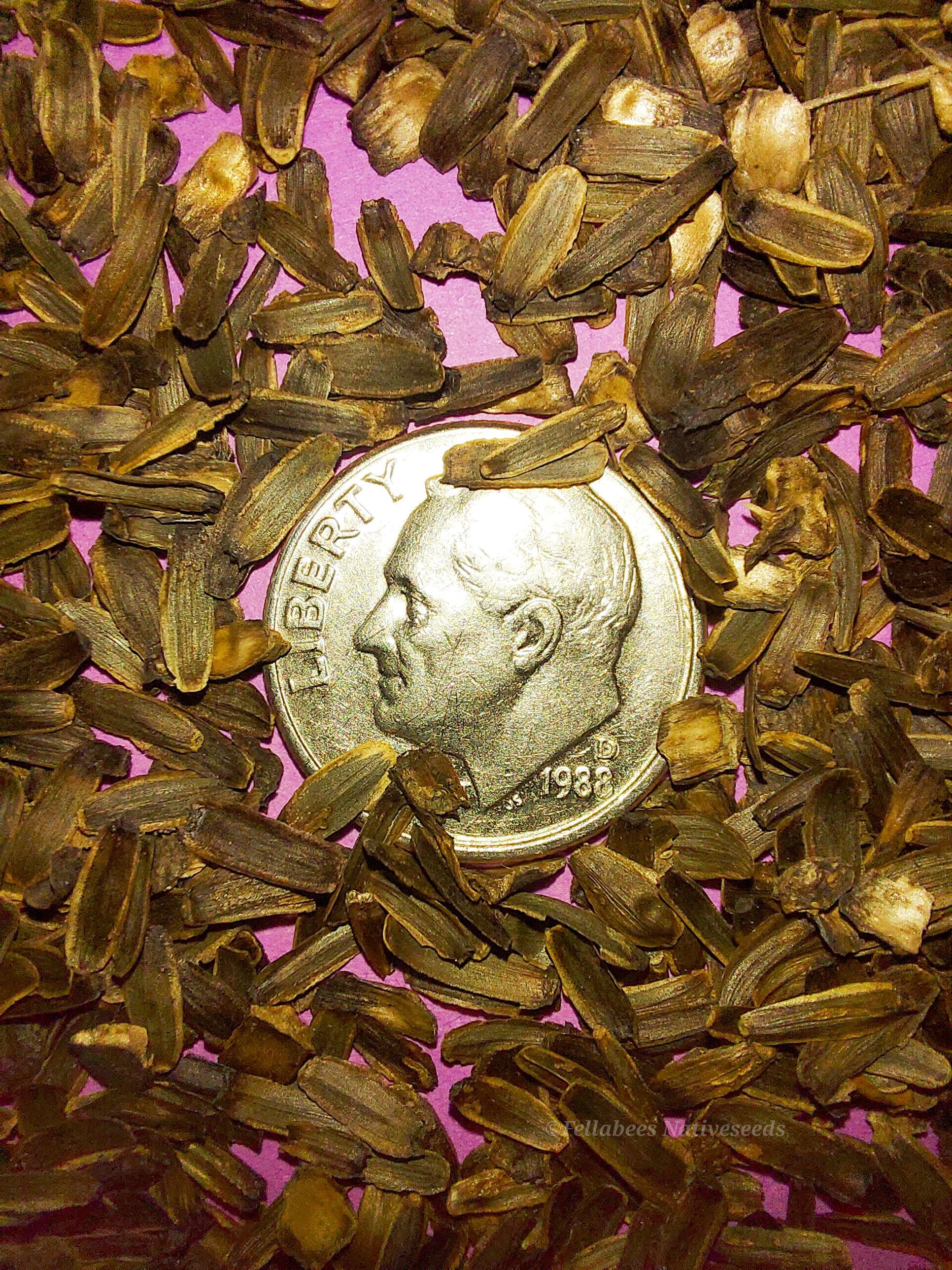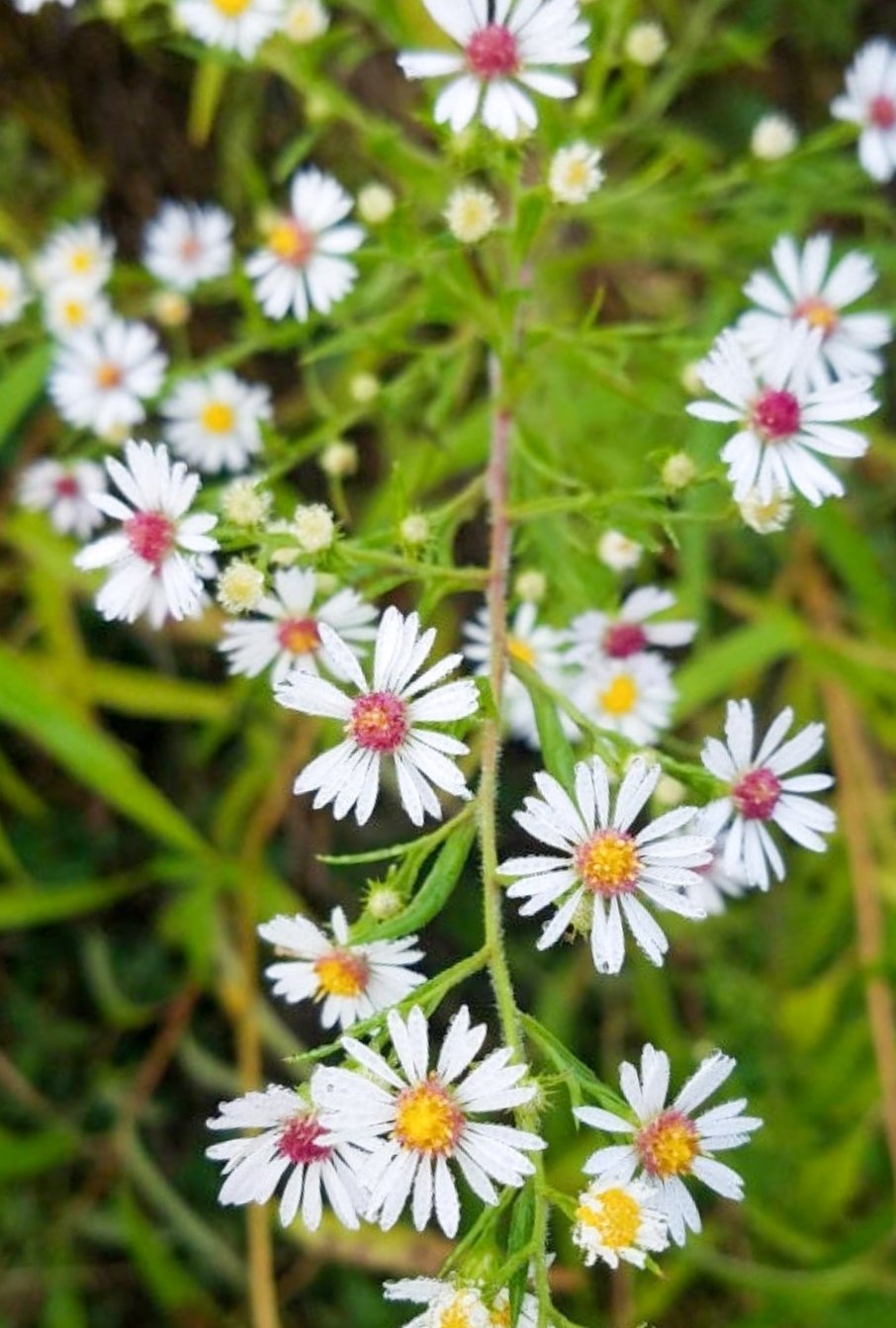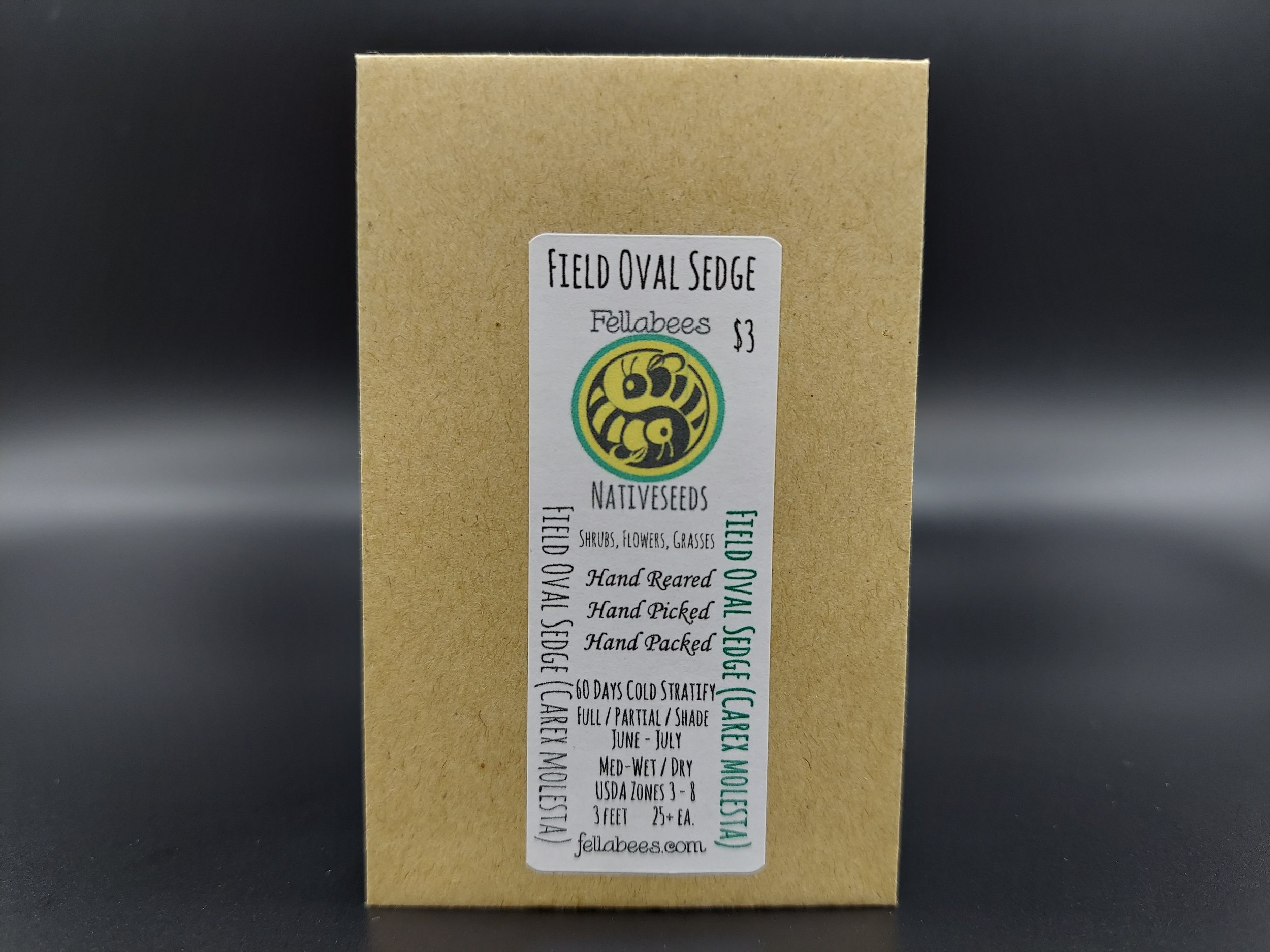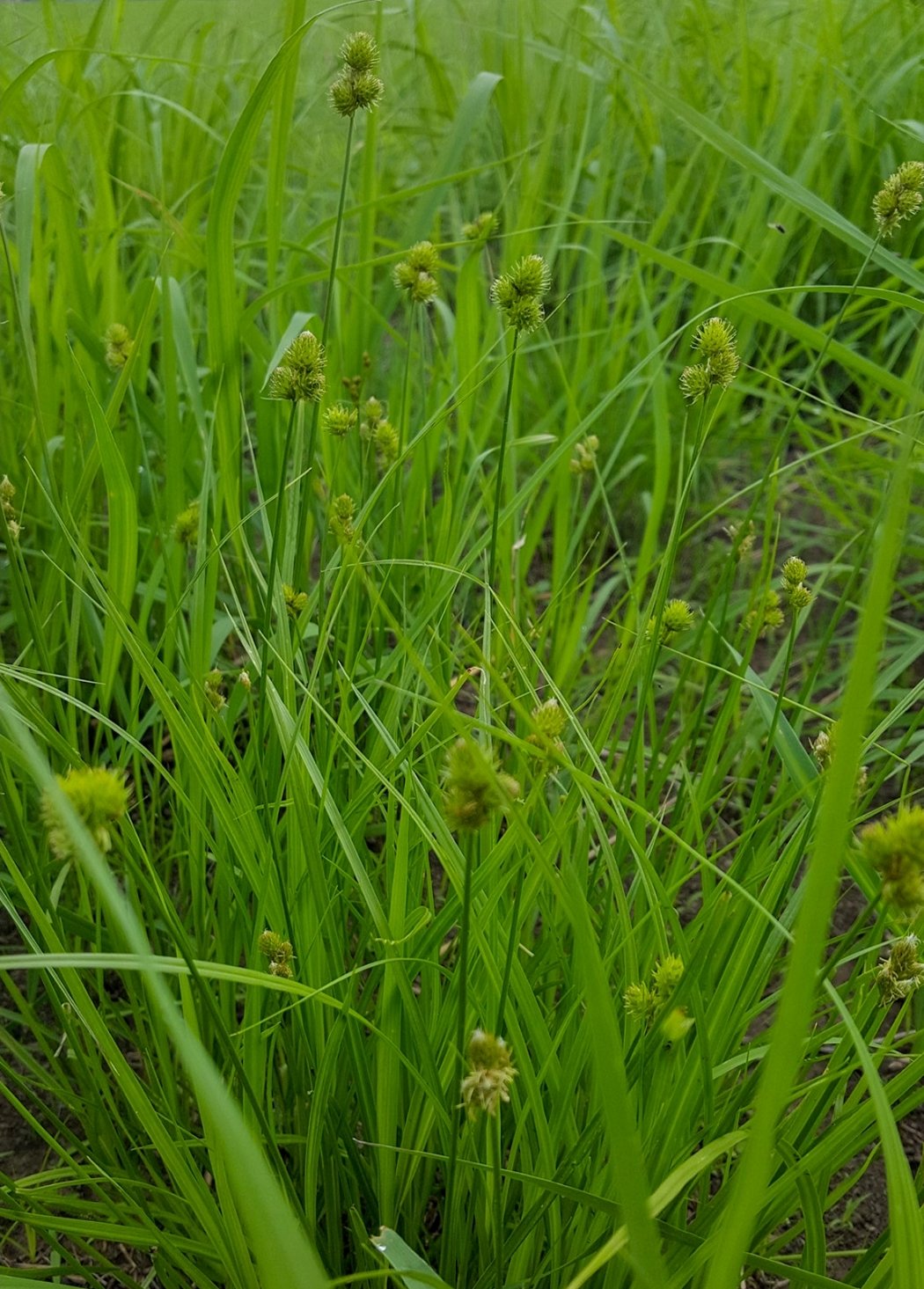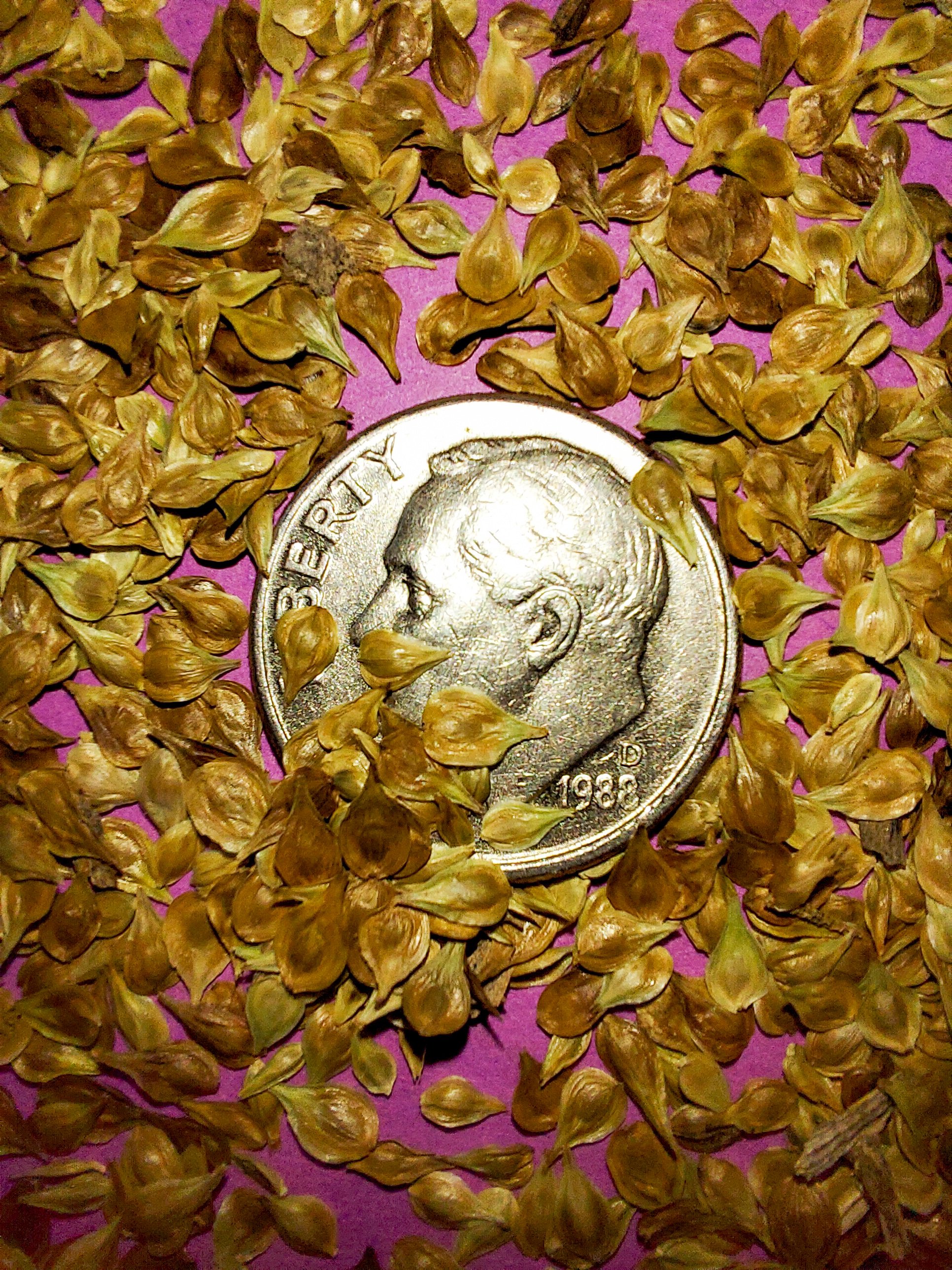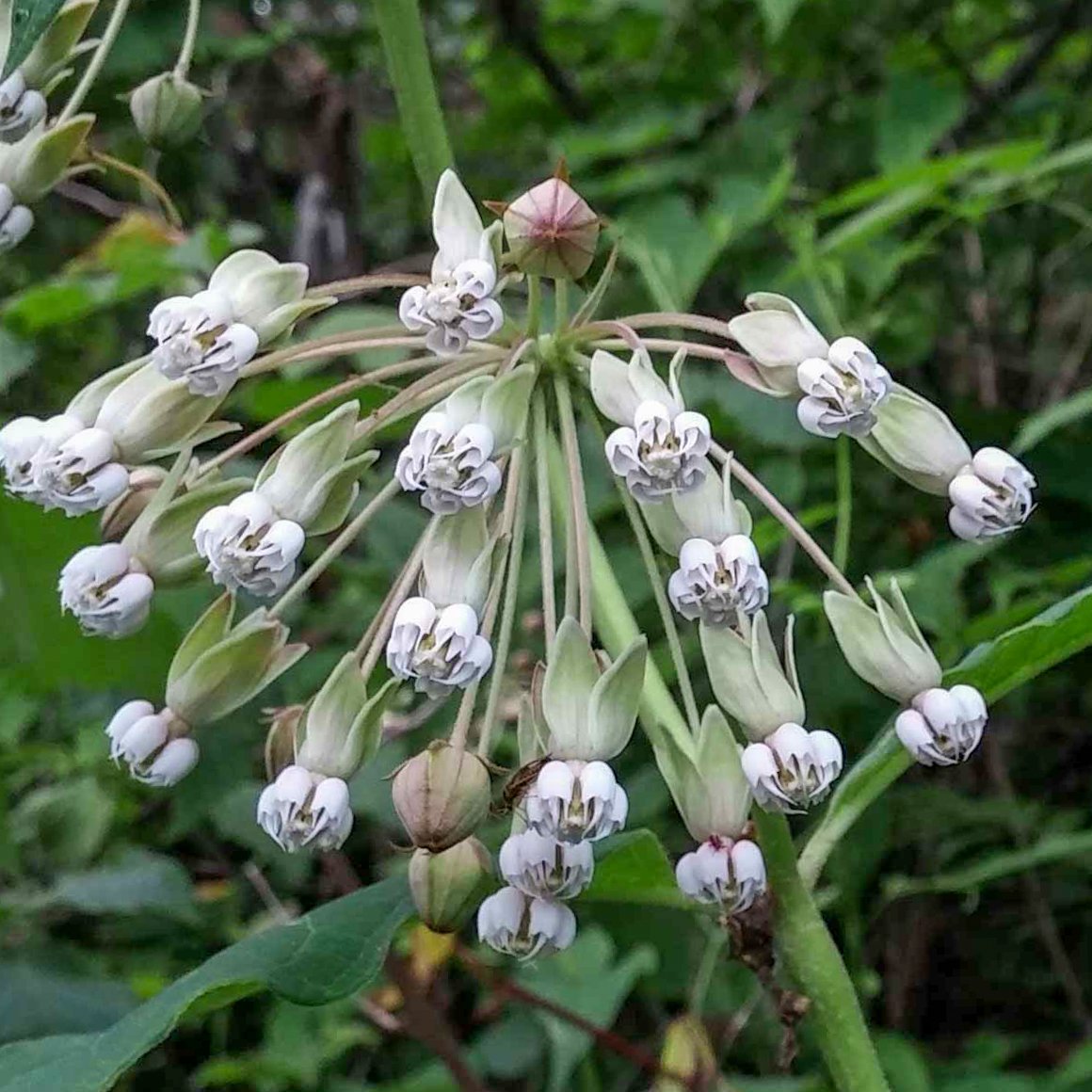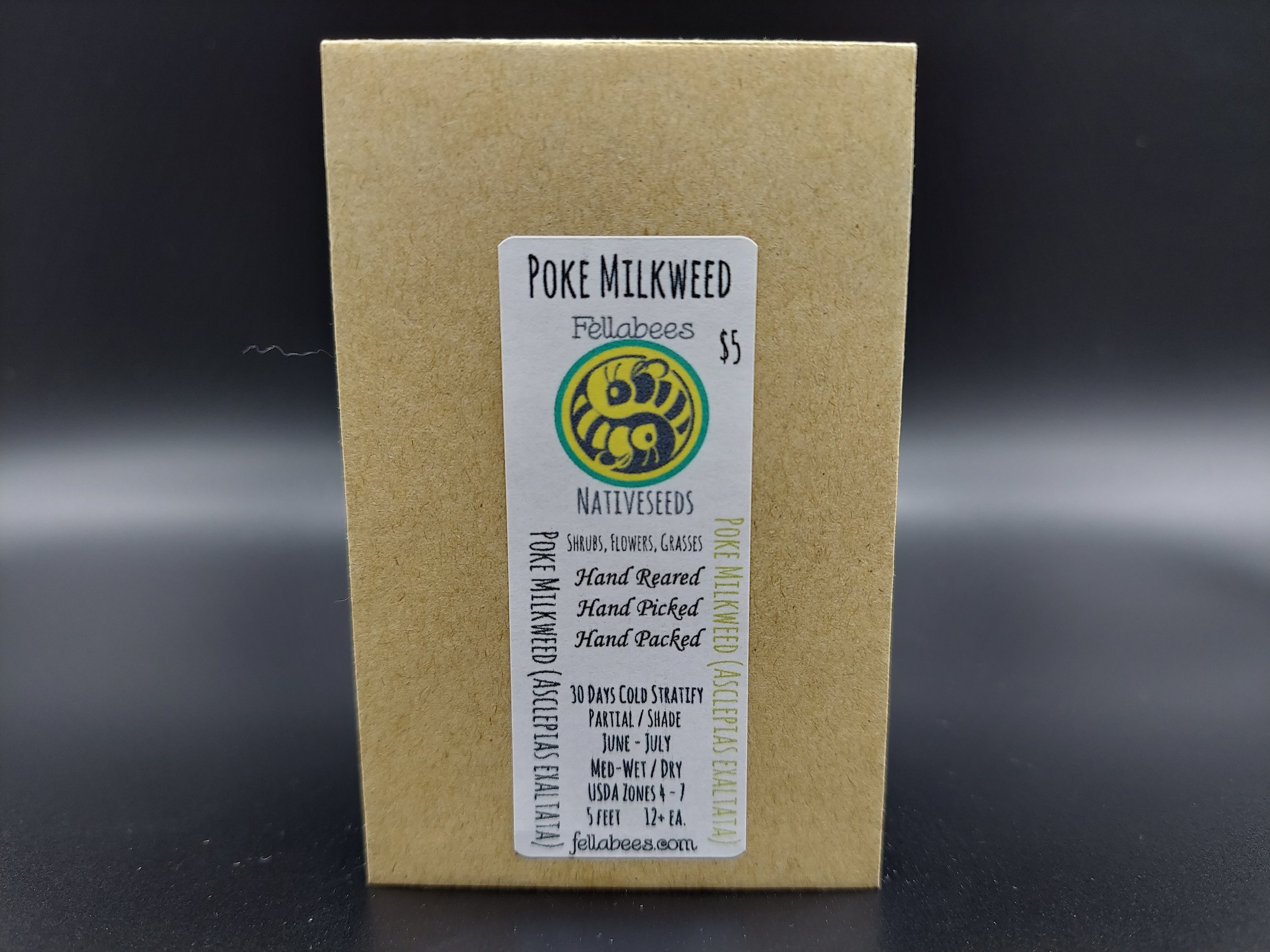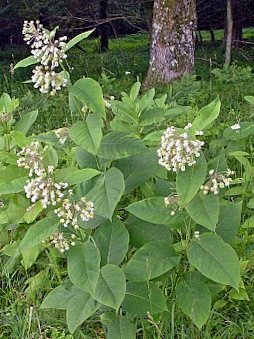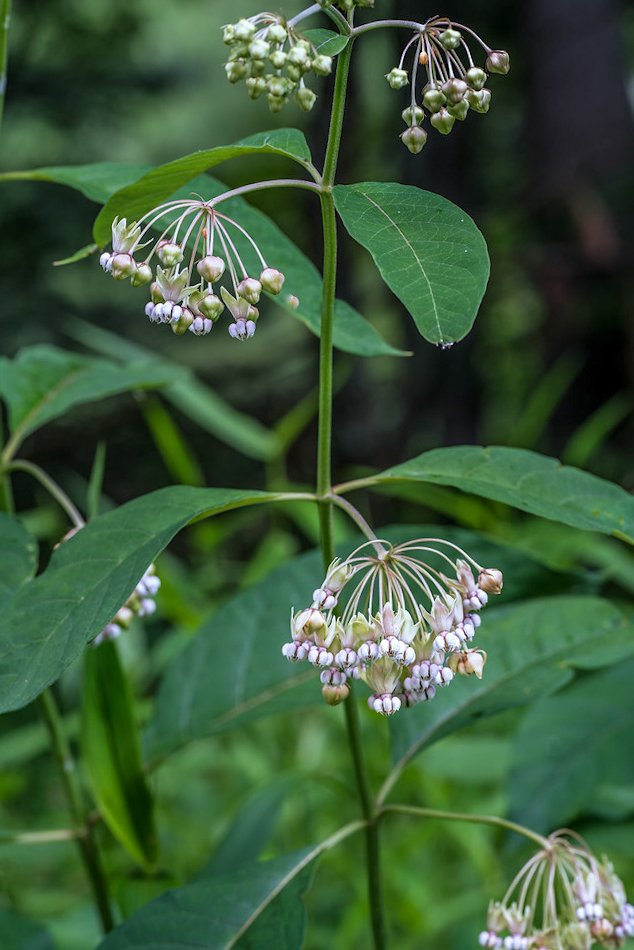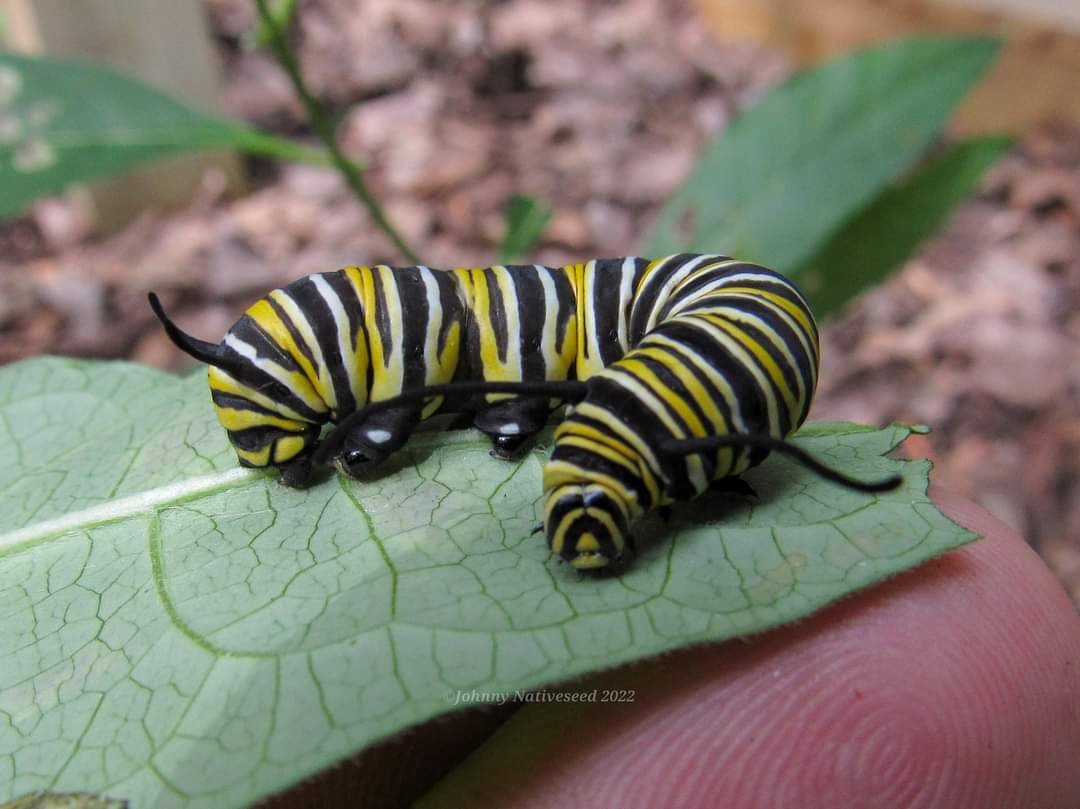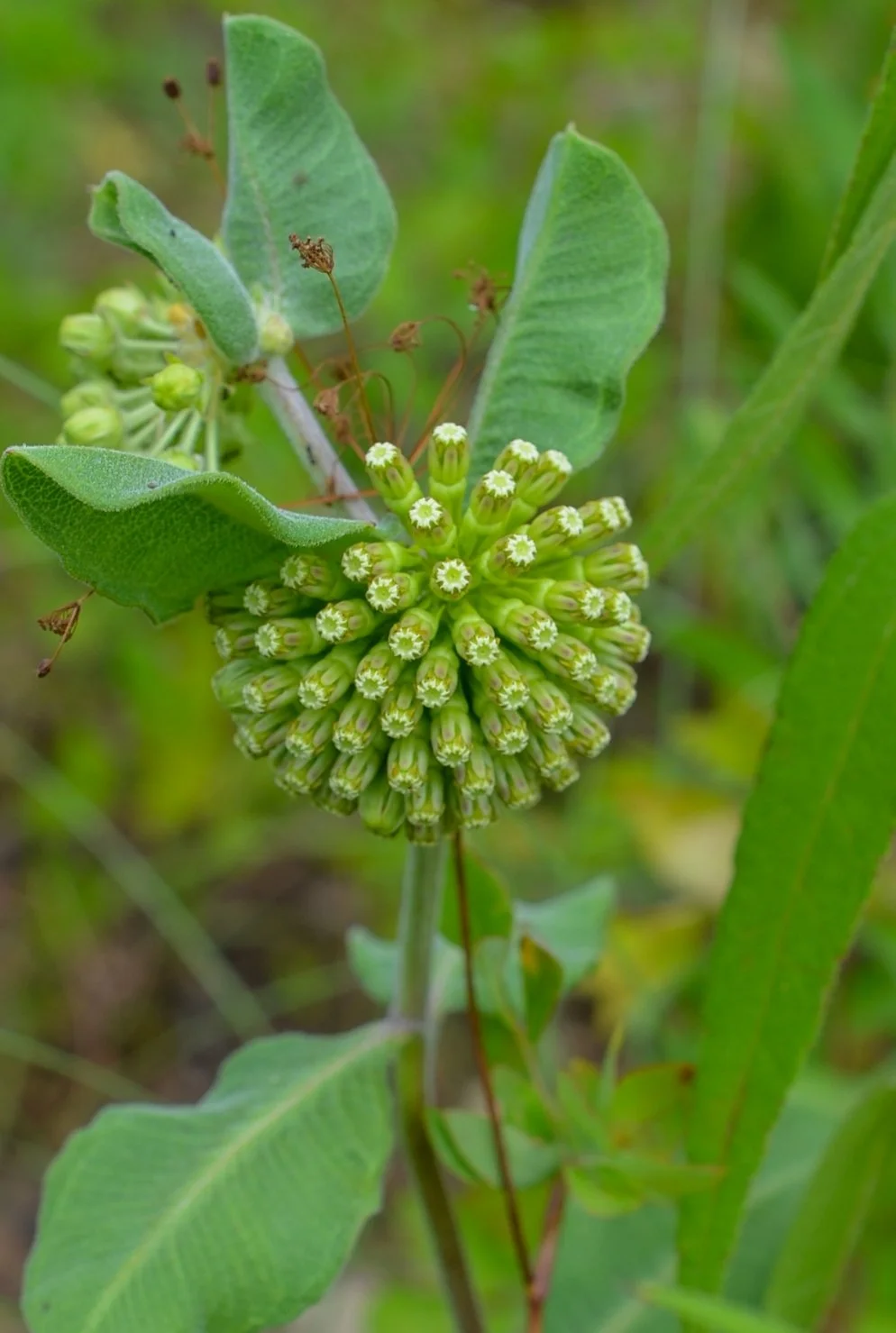 Image 1 of 5
Image 1 of 5

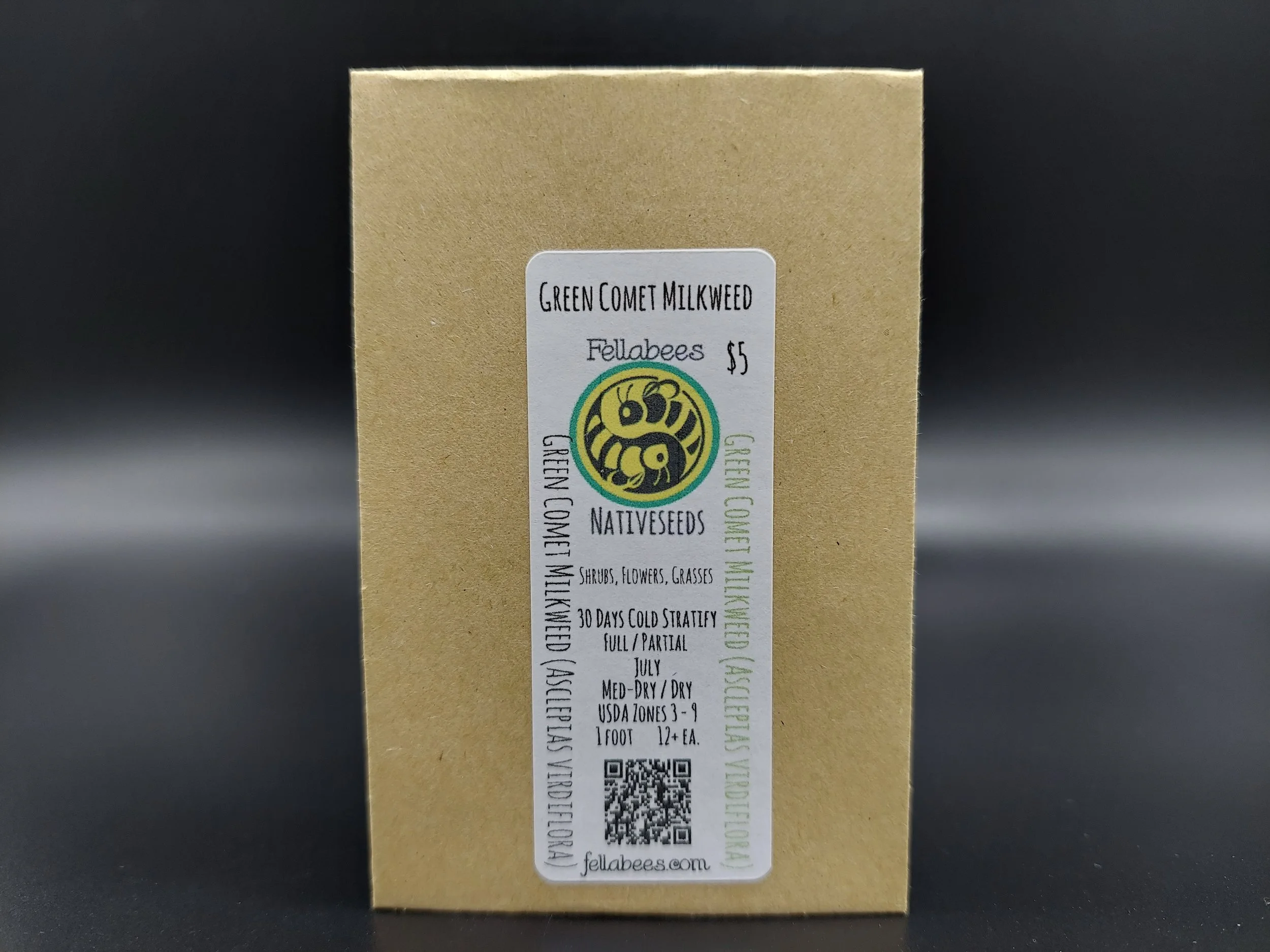 Image 2 of 5
Image 2 of 5

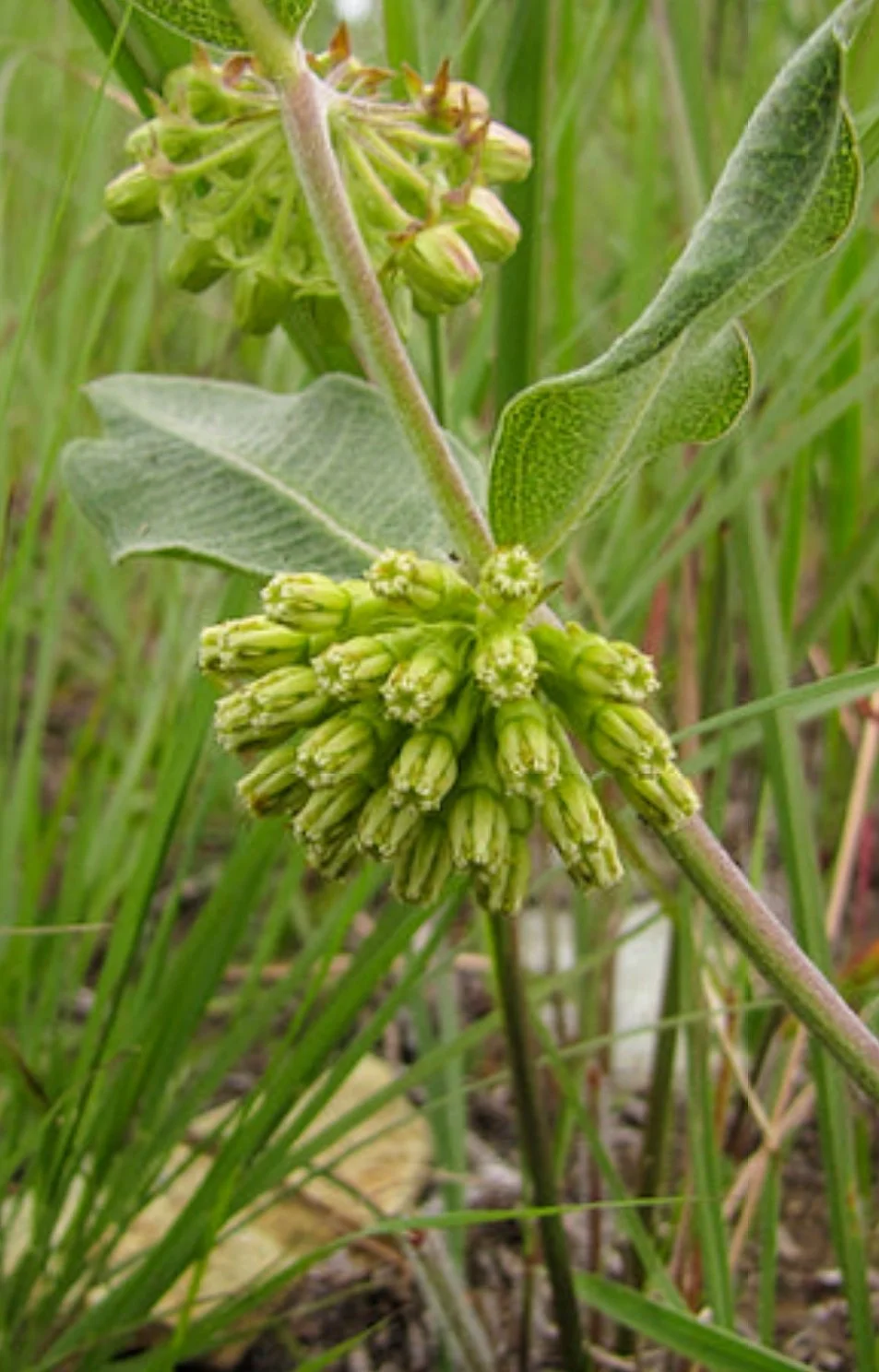 Image 3 of 5
Image 3 of 5

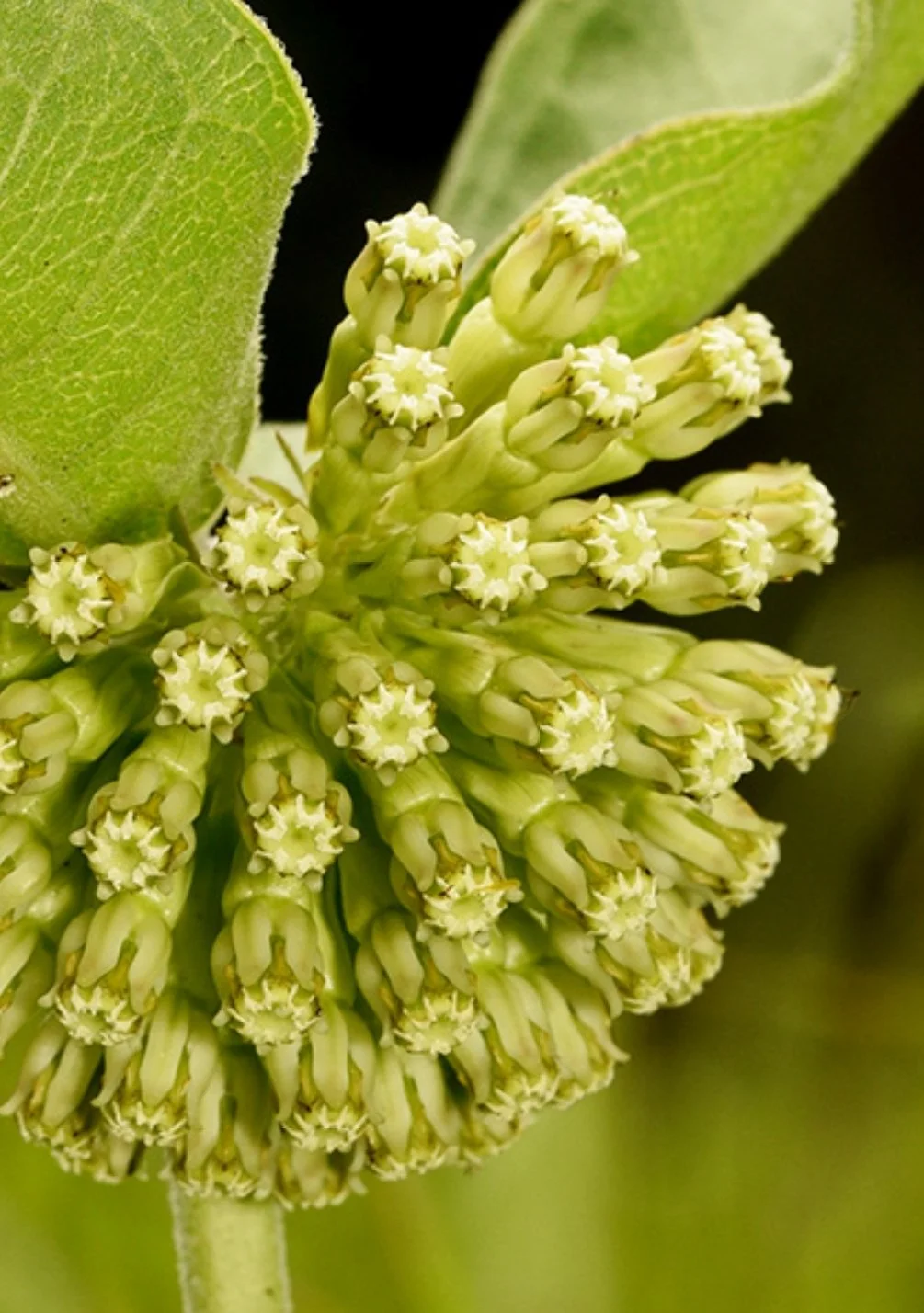 Image 4 of 5
Image 4 of 5

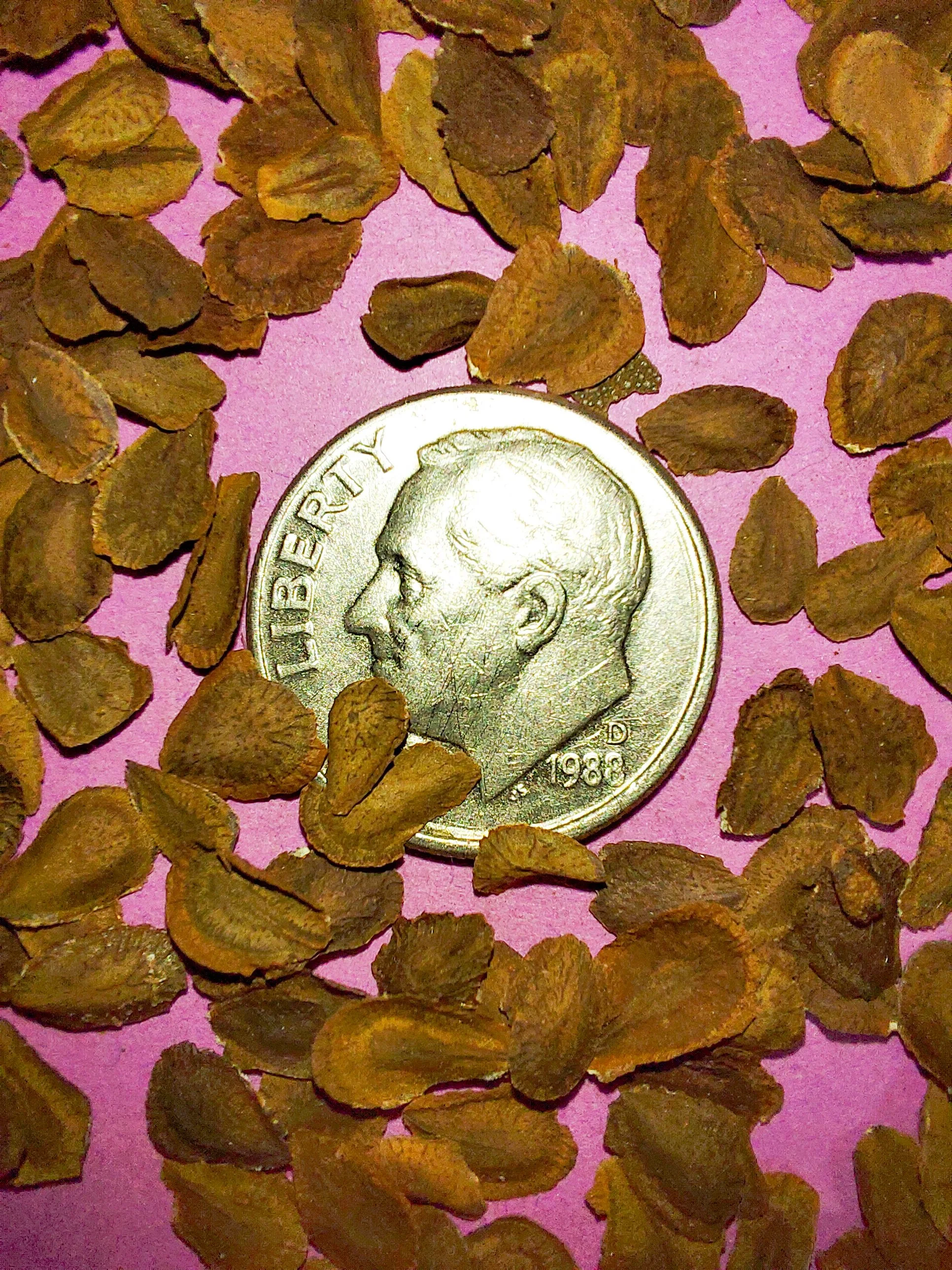 Image 5 of 5
Image 5 of 5






Green Comet Milkweed (Asclepias viridiflora)
Green Comet Milkweed (Asclepias viridiflora)
Asclepias viridiflora is the scientific name for the plant more commonly known by several names, including Green Comet Milkweed, Green-flower Milkweed, and Short Green Milkweed. Historically, this species of milkweed (Asclepias) was much more widely distributed, with its natural range covering large portions of the eastern and central United States. Unfortunately, in recent years, it has become increasingly difficult to find this plant growing in the wild due to significant habitat loss and changes in land use.
Green Comet Milkweed shares its height with another of its family in Green Spider Milkweed at just 1 foot tall, and while Green Spider blooms in May, Green Comet blooms in July, making paired planting of the two possible without crossing while the Green/Purple of Spider provides contrast with the distinctive greenish-white flowers of Comet. The pods of Comet lack the typical warts and tubercules common to other species of Asclepias. Green Comet Milkweed grows in medium to dry sunny to partially shady roadsides, fields, and prairies.
Asclepias viridiflora has a central taproot, making it difficult to successfully transplant beyond seedling stage. The green flowers attract bumblebees and other long-tongued bees, which are the most common pollinators. As with all Milkweeds, Green Comet Milkweed is a host plant for Monarch Butterflies.
*This species of Milkweed is rare and difficult to source; therefore, it is in extremely limited supply.
Plant Details:
USDA Zones: 3-9
Germination Needs: Needs 30 days Cold Stratification
Life Cycle: Perennial
Sun Exposure: Full to Partial
Soil Moisture: Medium-Dry, Dry
Plant Spacing: 10-18 inches
Height: 1 foot
Bloom time: July
Bloom Color: Green
Advantages:
Pollinator Favorite: butterflies, moths, bees, wasps, beetles
Bird Favorite: seeds, insects, fruit, nectar, nesting, perchs.
Deer Resistant: Yes
Native to: Wisconsin, Minnesota, Iowa, Illinois, Indiana, Michigan, Ohio, Pennsylvania, New York, Connecticut, New Jersey, Delaware, Maryland, West Virginia, Virginia, Kentucky, Tennessee, North Carolina, South Carolina, Georgia, Florida, Alabama, Mississippi, Louisiana, Arkansas, Missouri, Texas, Oklahoma, Kansas, Nebraska, South Dakota, North Dakota, Montana, Wyoming, Colorado, New Mexico, and Arizona.
This species is considered present but rare in several counties of the states of New York, Connecticut, Maryland, Florida and Arizona.
Seed Count: 12+
.
.
Packet quantities:
We pride ourselves on ethical, hands on, ecological management, using no mechanical or chemical methods whatsoever.
All of our native seed is hand reared, hand-picked, and hand packed from native prairies under our exclusive management, never breaking chain of custody from the field until it is sent to you. Each packet is hand prepared for shipment by us, directly.
Small seed species will contain greater than 20-25 seed
Large seed species will contain greater than 10-15 seed
All packets are individually marked at the bottom of the front label with expected count, however most if not all packets will have many more than the minimum count by default.
It is our mission to spread the wealth of native plant and pollinator ecological sustainability and educate back yard gardeners as well as corporate and government entities in how to germinate, grow, and benefit from native synergies.
Thank you for your support, it is because of you, that we can grow together to do, what we do. 🐛🦋🐝🐞🌾🌱🌼🧡
Green Comet Milkweed (Asclepias viridiflora)
Asclepias viridiflora is the scientific name for the plant more commonly known by several names, including Green Comet Milkweed, Green-flower Milkweed, and Short Green Milkweed. Historically, this species of milkweed (Asclepias) was much more widely distributed, with its natural range covering large portions of the eastern and central United States. Unfortunately, in recent years, it has become increasingly difficult to find this plant growing in the wild due to significant habitat loss and changes in land use.
Green Comet Milkweed shares its height with another of its family in Green Spider Milkweed at just 1 foot tall, and while Green Spider blooms in May, Green Comet blooms in July, making paired planting of the two possible without crossing while the Green/Purple of Spider provides contrast with the distinctive greenish-white flowers of Comet. The pods of Comet lack the typical warts and tubercules common to other species of Asclepias. Green Comet Milkweed grows in medium to dry sunny to partially shady roadsides, fields, and prairies.
Asclepias viridiflora has a central taproot, making it difficult to successfully transplant beyond seedling stage. The green flowers attract bumblebees and other long-tongued bees, which are the most common pollinators. As with all Milkweeds, Green Comet Milkweed is a host plant for Monarch Butterflies.
*This species of Milkweed is rare and difficult to source; therefore, it is in extremely limited supply.
Plant Details:
USDA Zones: 3-9
Germination Needs: Needs 30 days Cold Stratification
Life Cycle: Perennial
Sun Exposure: Full to Partial
Soil Moisture: Medium-Dry, Dry
Plant Spacing: 10-18 inches
Height: 1 foot
Bloom time: July
Bloom Color: Green
Advantages:
Pollinator Favorite: butterflies, moths, bees, wasps, beetles
Bird Favorite: seeds, insects, fruit, nectar, nesting, perchs.
Deer Resistant: Yes
Native to: Wisconsin, Minnesota, Iowa, Illinois, Indiana, Michigan, Ohio, Pennsylvania, New York, Connecticut, New Jersey, Delaware, Maryland, West Virginia, Virginia, Kentucky, Tennessee, North Carolina, South Carolina, Georgia, Florida, Alabama, Mississippi, Louisiana, Arkansas, Missouri, Texas, Oklahoma, Kansas, Nebraska, South Dakota, North Dakota, Montana, Wyoming, Colorado, New Mexico, and Arizona.
This species is considered present but rare in several counties of the states of New York, Connecticut, Maryland, Florida and Arizona.
Seed Count: 12+
.
.
Packet quantities:
We pride ourselves on ethical, hands on, ecological management, using no mechanical or chemical methods whatsoever.
All of our native seed is hand reared, hand-picked, and hand packed from native prairies under our exclusive management, never breaking chain of custody from the field until it is sent to you. Each packet is hand prepared for shipment by us, directly.
Small seed species will contain greater than 20-25 seed
Large seed species will contain greater than 10-15 seed
All packets are individually marked at the bottom of the front label with expected count, however most if not all packets will have many more than the minimum count by default.
It is our mission to spread the wealth of native plant and pollinator ecological sustainability and educate back yard gardeners as well as corporate and government entities in how to germinate, grow, and benefit from native synergies.
Thank you for your support, it is because of you, that we can grow together to do, what we do. 🐛🦋🐝🐞🌾🌱🌼🧡
